Saint Cybi’s Holy Well
Saint Cybi’s Holy Well at Llangybi in North Wales is one of those mysterious and difficult to find places which turn out to be well worth the effort. Certain places have an almost otherworldly atmosphere about them and Saint Cybi’s Well is certainly one of these.

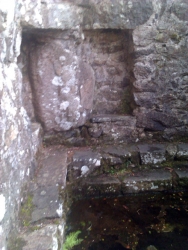
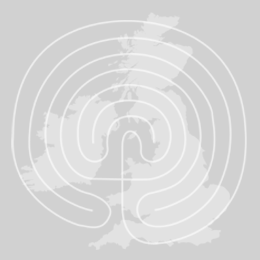
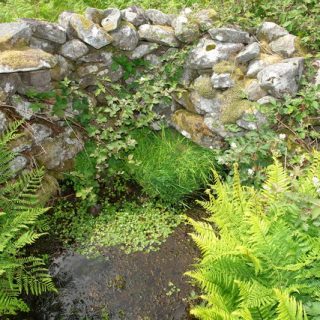
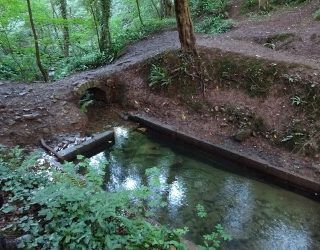
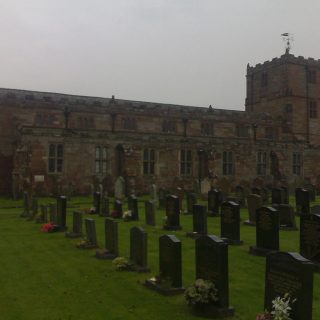
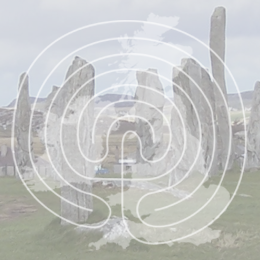

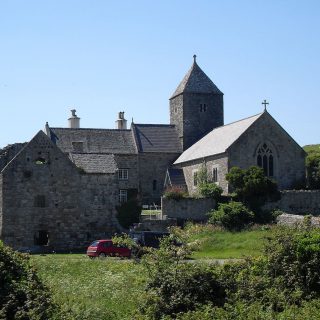
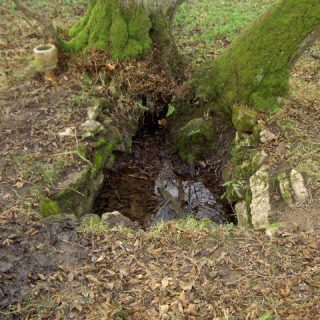
Recent Comments